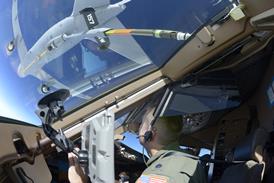The Aviation Safety Foundation Australasia is calling for the development of a national air safety strategy in Australia following the release of the final report into the May 2005 Lockhart River crash. It believes the accident highlights that lessons have still to be learned from a similar Monarch Airlines incident in 1993.
The Transair Fairchild Metro 23 crashed into terrain on approach to Lockhart River aerodrome, Queensland, killing all 13 passengers and two crew on board. The Australian Transport Safety Bureau identified 19 factors that contributed to the crash, including pilot error, deficiencies with the operator and oversight failures by the regulator, the Civil Aviation Safety Authority.
The Monarch Airlines' Piper Navajo Chieftain crashed into terrain on approach to Young airport, New South Wales, on 11 June 1993, killing all five passengers and two crew on board.
In its report into that crash the ATSB found that there were a number of local contributing factors, including poor weather conditions, equipment deficiencies, inadequate procedures, inaccurate visual perception and possible skill fatigue.
The bureau also cited organisational failures relating to the management of the airline and the regulation and licensing of its operations by the regulator.
The Lockhart River final report highlights a "tragic failure of the aviation transportation system", according to Aviation Safety Foundation Australasia, an independent, non-government public company that has a board comprising 13 directors with extensive industry and safety experience.
"ASFA reiterates the fundamental importance of a systems-based approach in providing a safe aviation environment, which is necessary to prevent accidents such as Lockhart River," says Foundation chairman John Sharp.
Source: Flight International























